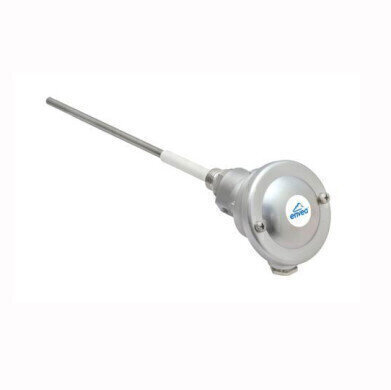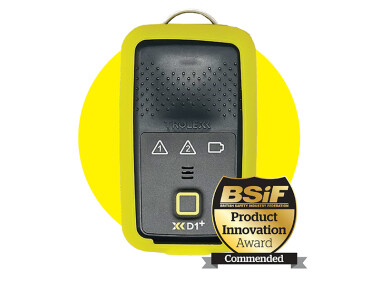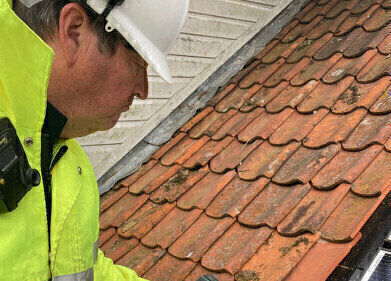Dust monitoring
How much time do you waste replacing baghouse filters?
Jul 14 2022
For large industrial plants to operate within their environmental permit, they must adhere to strict particulate emission controls. The most-effective means of filtration are multi-compartment baghouses which efficiently capture volumes of particulates, to ensure emissions limit values (ELVs) are not exceeded.
The problem with filter failure
The condition of the process means that hot dust and particulates travel through the baghouse at speed. This will cause bag filters to deteriorate and eventually burst.
Once filters begin to fail and the baghouse loses its effectiveness, if dust escapes the baghouse filter, it may lead to an environmental permit breach.
Broken bag filters: a cost-effective solution
To indicate broken bags in its most-simplest form, the continuous monitoring of fabric filter baghouses can be done by tracking significant increases in particulate loadings. The Dusty C broken bag detector, from a1 CBISS is installed on the clean side of the filter and measures the particulate levels immediately after the outlet.
The increase in particle flow past or impacting the measuring probe, indicates that there’s a leak in the bag filter.
A 4-20mA output sends a signal to the plant room once a certain threshold value is reached to alert process or maintenance managers that there’s a bag leak.
Predict baghouse failure before it happens
These large multi-compartment baghouse filters require regular maintenance for optimum performance. For maintenance teams set to task of finding potential leaks, it can be a complicated, expensive, and time-consuming task.
Sites have two options – They replace bag filters as they fail. However, a delay in maintenance to perform bag filter replacement causes further strain or damage on surrounding bags which is not only an expensive exercise but could also cause an environmental permit breach.
The second option can be a proactive approach – To address the issues head on, is to understand where in the filter, damage is happening before emission limits are exceeded. a1 CBISS’ Leak Locate 320 provides a rugged and reliable solution to filter performance monitoring.
It monitors up to 32 filter compartments per controller, allowing each chamber of a large multi-chamber baghouse to be continually monitored for deterioration.
These predictive failure monitors encourage preventive maintenance procedures which reduce unplanned filter outages and maintenance times. In addition, maintenance teams can pinpoint failures to limit the number of filters that need replacing, saving time.
This solution provides plant maintenance teams with early warning alarms of compartments beginning to release higher levels of dust and enabling the identification of filter degradation down to row level.
Knowing where the leaks are developing enables process stoppages to be scheduled and saves time and resources by highlighting where the leaks develop, and which bags need to be changed. Detecting leaks early helps prevent emissions limit values from being breached and a1 CBISS offer a comprehensive range of monitors to take away the headache of costly baghouse replacements.
Digital Edition
AET 29.2 May 2025
May 2025
Water / Wastewater- From Effluent to Excellence: Microbiological assessment of a containerized modular water reuse pilot system- Without water everything comes to a haltAir Monitoring- Probe Sampli...
View all digital editions
Events
Jun 10 2025 Toulouse, France
Jun 11 2025 Copenhagen, Denmark
Jun 17 2025 Guangzhou, China
Singapore International Water Week Spotlight 2025
Jun 23 2025 Singapore
Jun 24 2025 Santa Clara, CA, USA











.jpg)







